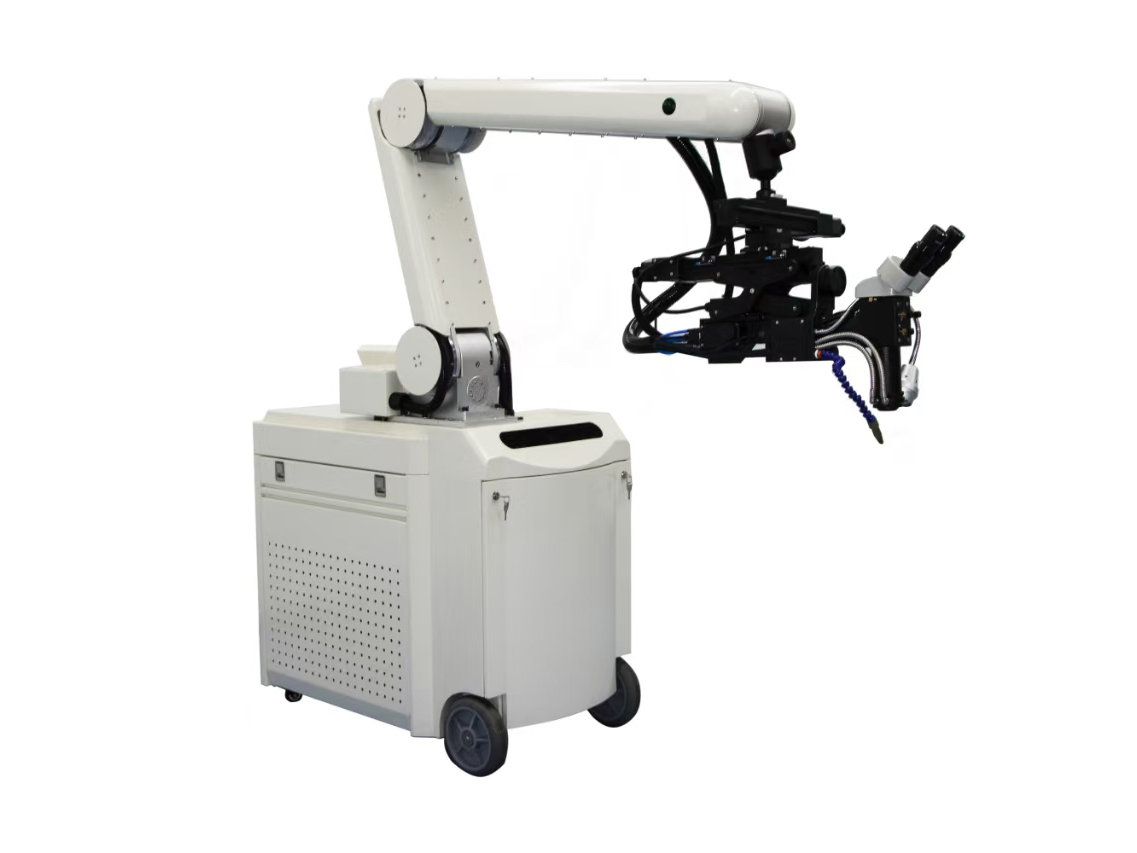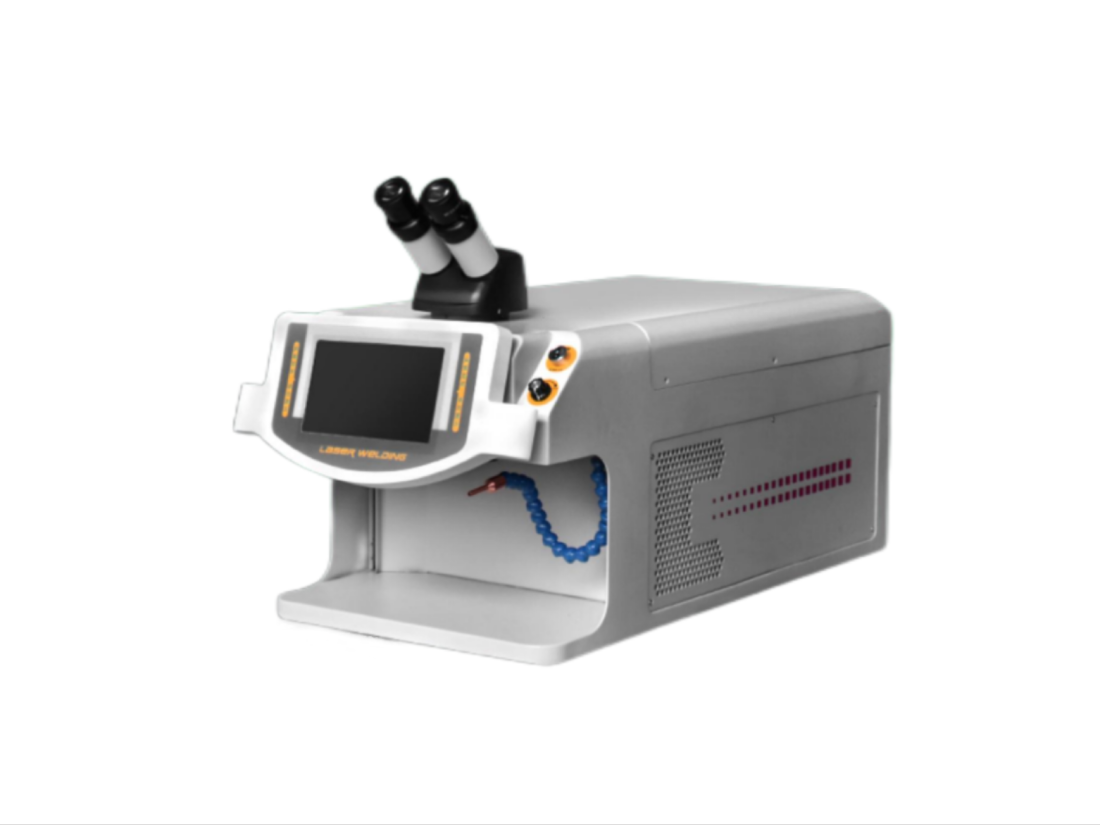- No.609, Centre Of Huijin Nanxiang, Yinxiang Road, Nanxiang Town, Jiading District, Shanghai, China
- sherry@sanmachines.com
- +86-18616767021
Six comparison points | Choosing a press brake!
press brake
To compare press brakes and choose the best press brake for your company, you need to compare the following six points.
· Applying force
· Torque
· Frame length
· Accuracy
· Number of control axes
· Processing speed
Pressure force
Pressure force is the pressure that a press brake applies to a plate material, and changing the pressure force changes the accuracy, efficiency, and environmental impact of bending.
Generally, if the pressure force of a press brake exceeds 100 tons, it is classified as having a high pressure force. We can perform high-precision bending of thick plates such as structural members for bridges, metal plates for construction machinery, and ship parts.
Machines with high pressurizing force have high installation and maintenance costs, generate a lot of hydraulic oil and heat, and often place a burden on the environment.
On the other hand, press brakes with a pressurizing force of less than 100 tons are considered to have a low pressurizing force, and are used when processing thin metals used in electronic device cases, office furniture, bicycle parts, etc.
These machines are often less expensive, less expensive to maintain, and more environmentally friendly because they use less hydraulic fluid and less heat.
On the other hand, it is not suitable for bending thick plates or high-precision bending.
Torque
Press brake torque is the bending force applied between the punch and die.Torque varies depending on the thickness and hardness of the plate to be bent, the bending angle, the bending width, etc.
Press brake torque is generally classified as follows.
· Light torque (less than 50 tons): electronic equipment parts, decorations and accessories, prototyping, etc.
· Medium torque (50-100 tons): Auto parts, construction hardware, mechanical parts, etc.
· Heavy torque (over 100 tons): frames of heavy machinery, bridge members, large parts of ships, etc.
A large load is placed on the drive part of the press brake and the mold. There is a high risk of failure and damage due to overload, and high energy consumption.
On the other hand, press brakes with low torque place less load on the drive unit and mold, and the risk of failure or damage due to overload is low. On the other hand, since the processing force itself is weak, there are limits to the bending angle and width.
Frame length
Press brakes have a wide range of frame lengths, from small benchtop models to large industrial models, depending on the size of the part being machined and the application. The longer the frame length, the more large parts can be machined, but the more floor space is required for installation.
Press brakes with long frame lengths can exceed 10 meters in length. This is often used for machining large parts or for machining many small parts at once.
The actual space for the machine must take into account not only the frame length of the machine, but also operating space, space for loading and unloading materials, and access space for maintenance.
For example, a press brake that is 10 meters long requires at least the length of the machine plus a few meters of width. Therefore, a total length of approximately 12 to 15 meters and a width of 4 to 6 meters is often required.
On the other hand, many short press brakes have a frame length of about 1 meter to 2 meters. These are suitable for machining relatively small parts and working within confined spaces.
Even with such a press brake, it is necessary to consider the operating space, loading/unloading of materials, and maintenance space. Overall, it is reasonable to estimate a length of at least 2-3 meters and a width of 3-4 meters in addition to the length of the machine.
Accuracy
The machining accuracy of press brakes is measured by how close the machined parts are to the required dimensions, angles, shapes, etc. shown in the blueprints and specifications.
High processing precision means that the product has very small dimensional tolerances and high repeatability (the probability that the same result will be obtained when performing the same operation) is high. This refers to the ability to achieve tolerances of a few microns.
High machining accuracy has the following advantages:
Highly accurate press brake | Press brake with low precision | |
Features | The dimensional tolerance of the product is very small, | Small axis control press brakes |
Advantages | Manufactured parts are interchangeable | For parts that do not require high machining accuracy |
Utilization industry examples | Aerospace parts | Architectural hardware |
Number of control axes
The performance and flexibility of a press brake is largely determined by the number of control axes. The control axis is the axis that controls the movement of the press brake, including bending angle, depth, back gauge position adjustment, etc.
The features of the multi-axis control press brake include the following:
Press brake with large number of axis control | Press brake with fewer axis controls | |
Features | · Usually has more than six axes of control, and advanced models can control 10 or more axes. · Y1, Y2 (up and down of the beam) movement), X (forward/backward movement), R (vertical movement), Z1, Z2 (horizontal movement), additional A-axis, B-axis (horizontal movement), C-axis (rotation), etc. | · Small axis control press brakes generally range from two to four axes · Y axis (up and down of the beam) and X axis (before and after backgauge) |
Advantages | · High flexibility and precision enable complex shapes and precision bending · Production with rapid process changeover through automation and programming Increased efficiency · Precise control reduces material waste and reduces costs | · Easy to operate, allowing quick configuration and program changes · Low initial investment and maintenance costs < li>Ideal for simple parts and small batch production |
Utilization industry examples | · Aerospace parts · High-precision automotive parts · Precision mechanical parts, etc. | · General industrial products · Architectural hardware, small-scale manufacturing · Parts with relatively simple designs · When a special shape is not required |
Machining speed
The processing speed of a press brake is an important factor that greatly affects the machine’s capacity and productivity.
This speed is determined by the speed at which the beam moves up and down, the time of the bending cycle, and the time it takes to handle and position the part.
Press brakes with high processing speed have the following characteristics.
Press brake with high processing speed | Press brake with slow processing speed | |
Features | · Some models are capable of bending dozens of times per minute, resulting in high productivity. · Due to the complexity of the parts to be worked, actual productivity varies depending on size, required bending angle, and material type · Simple bending operations can process 10 to 20 cycles or more per minute | · Can only bend a few times per minute · Especially requires precision machining, thick materials, and complex bending angles |
Advantages | · Ideal when high-volume production is required, enabling machining of many parts in a short time · Reduction of machining time reduces production Reduced costs · High-speed machining reduces waiting time for the next process | · Suitable for precision processing to ensure quality · When processing thick or special materials, Minimizes damage · Ideal for machining parts that require complex shapes or fine details |
Utilization industry examples | · Vehicle body panels and frames in the automotive industry, etc. · Casings of electronic devices, metal frames for smartphones and PCs · Furniture industry metal office furniture and shelves | · Aerospace parts, parts that require high precision and strength · Medical equipment, precision medical instruments and implants. · Customized products, one-of-a-kind items with special designs, and high-value products produced in small batches |
Related product links


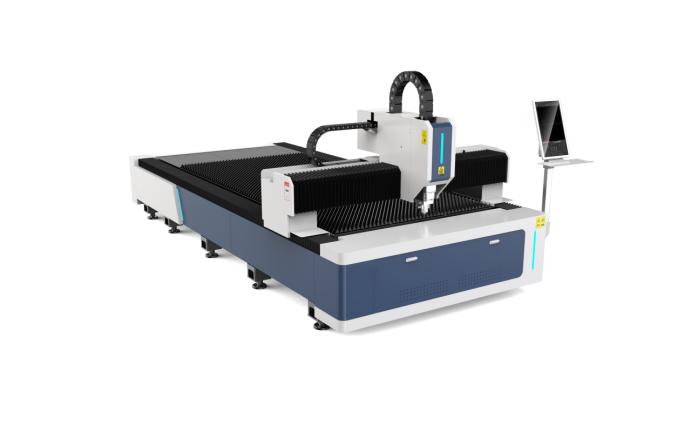
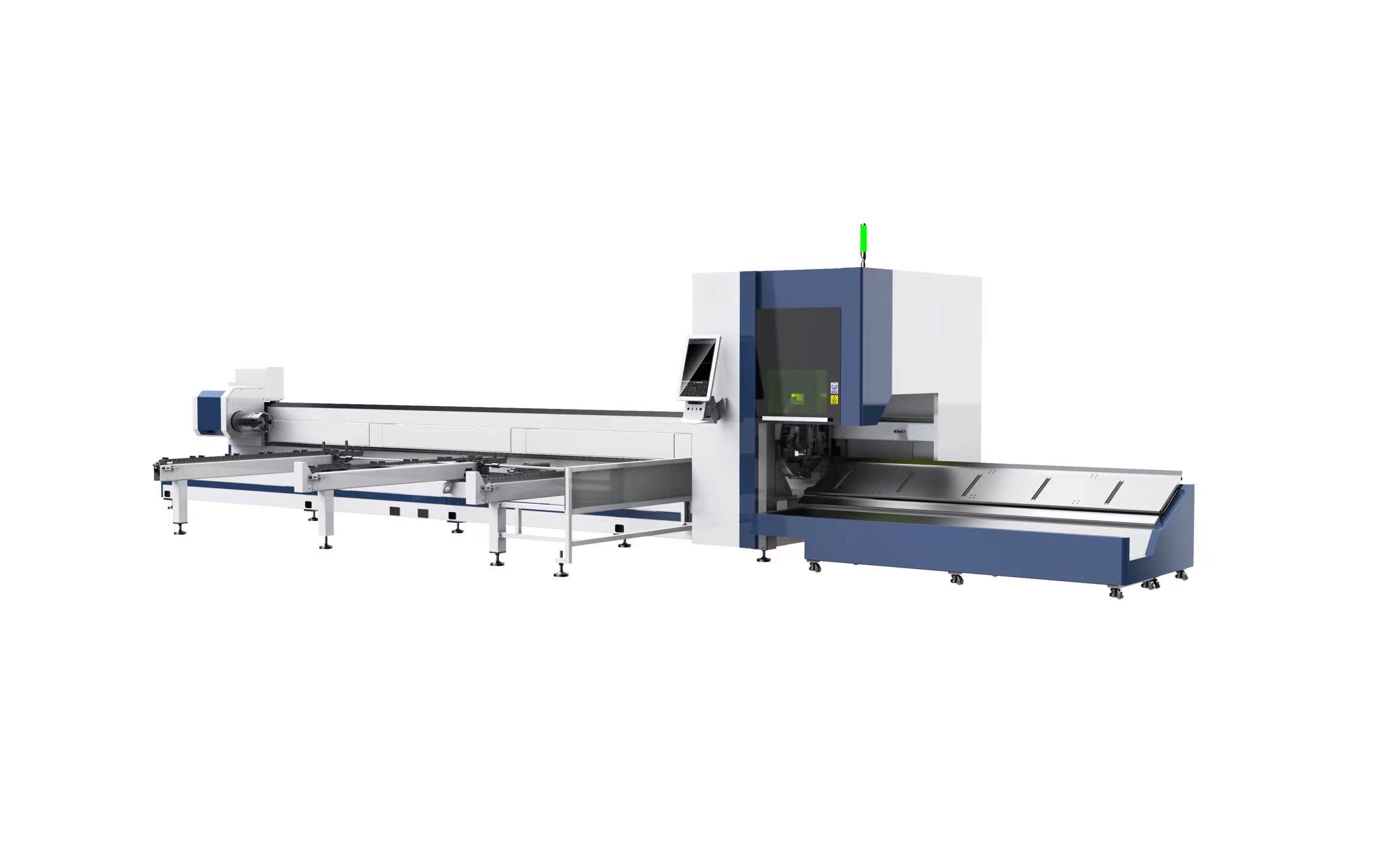
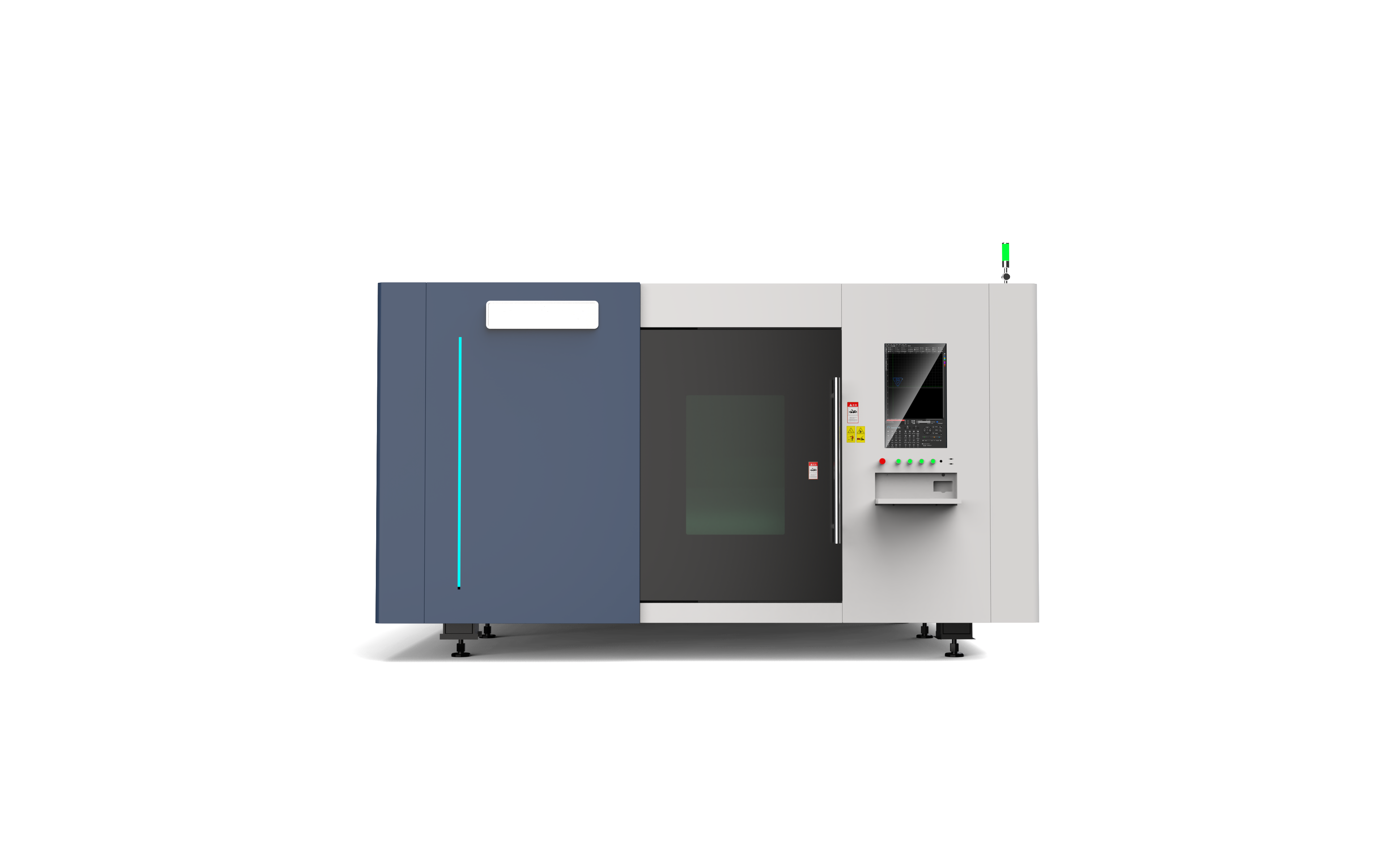
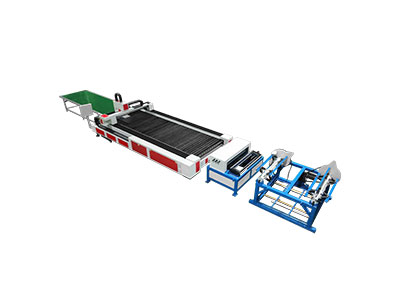
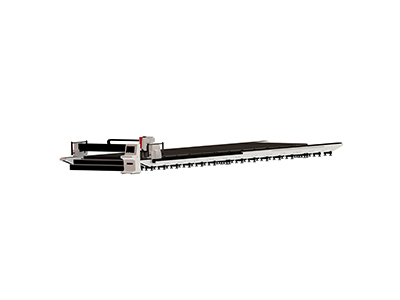
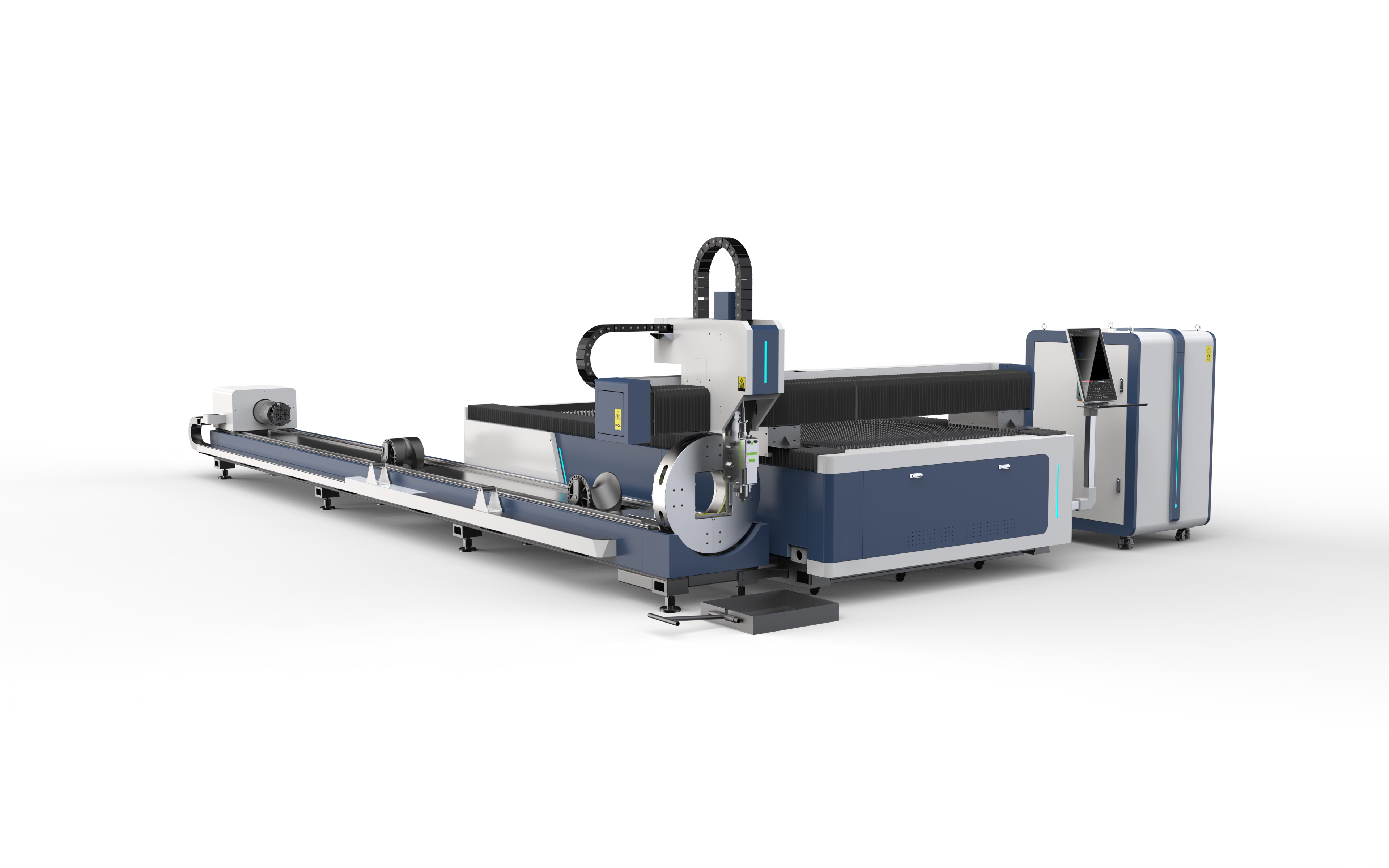
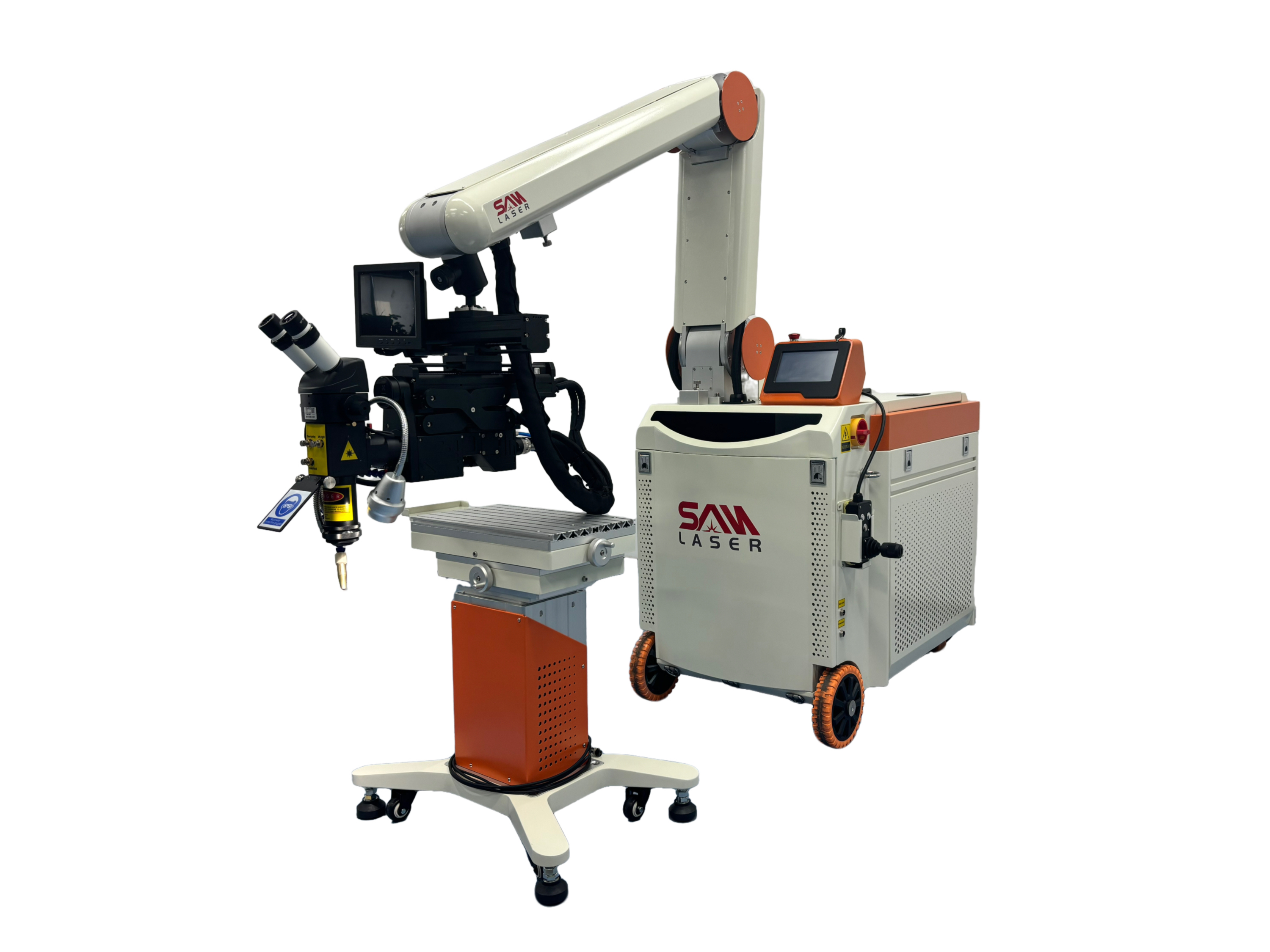
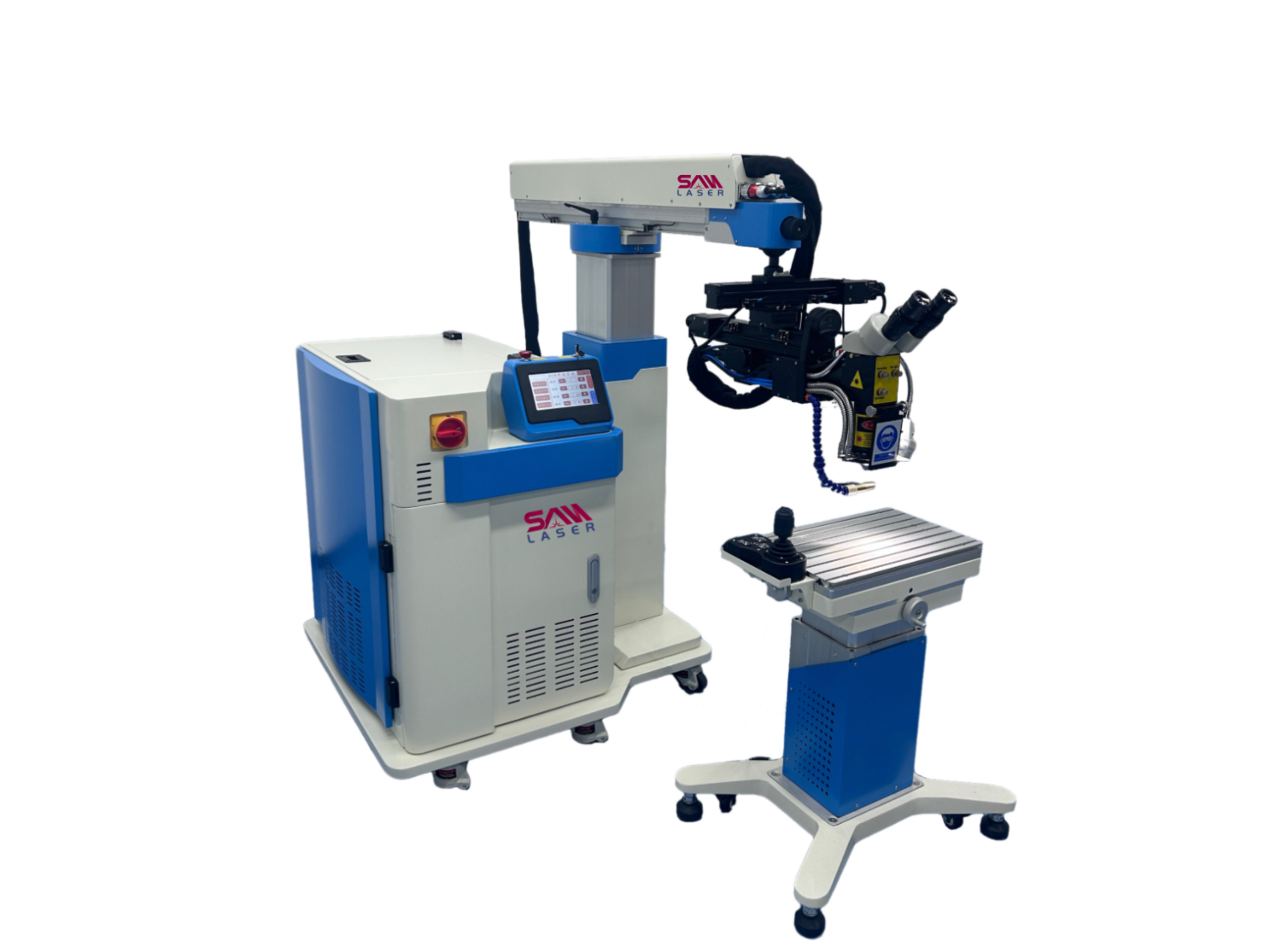
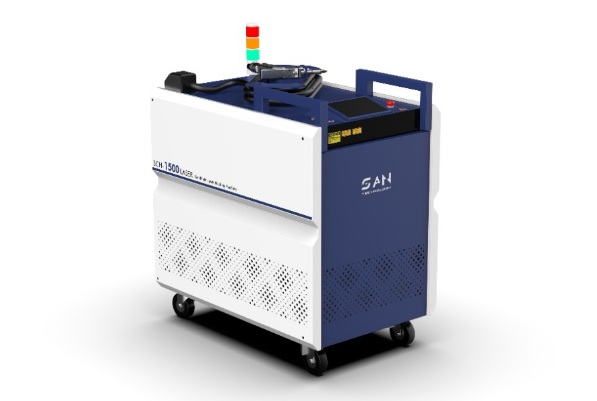
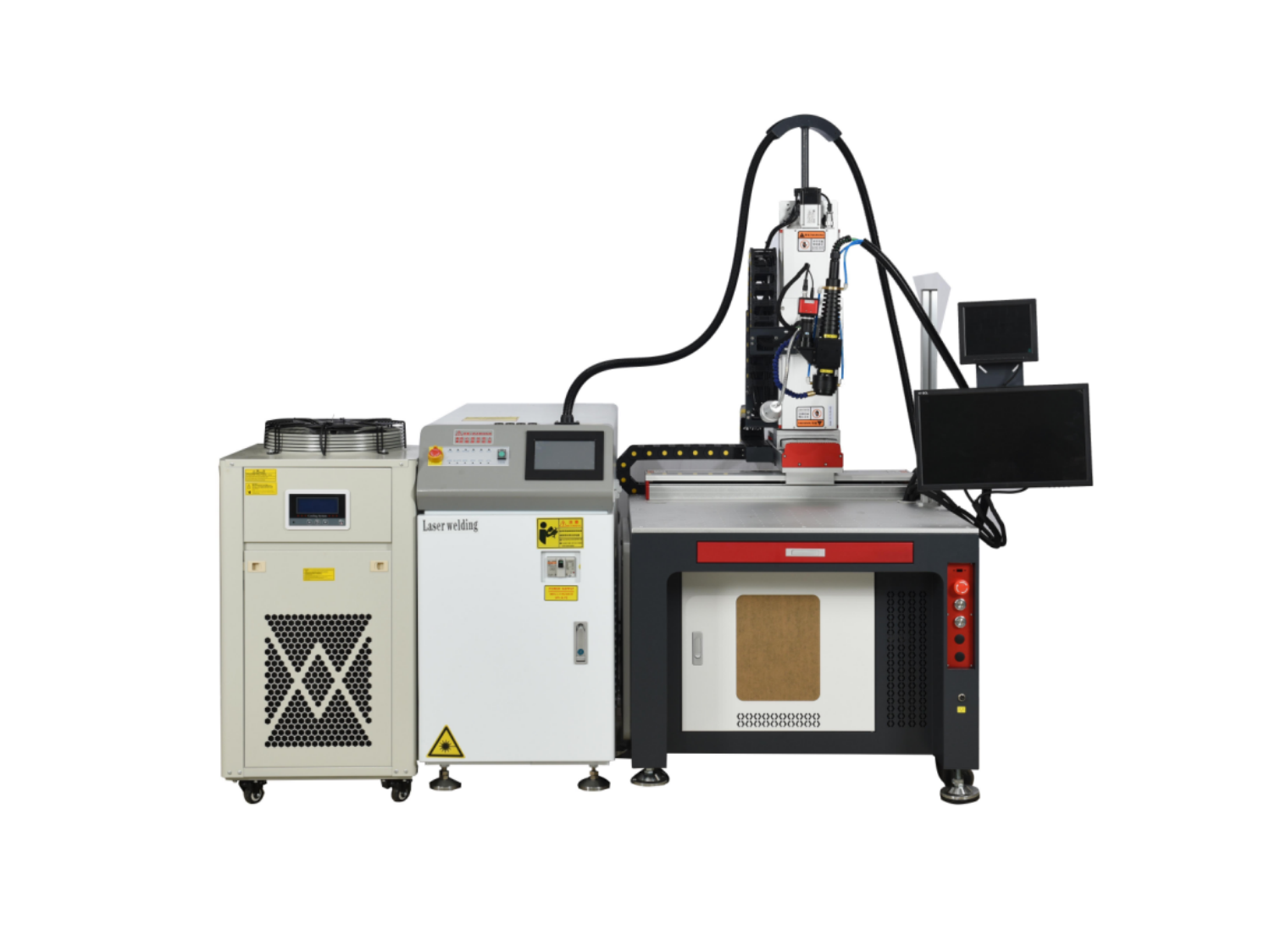
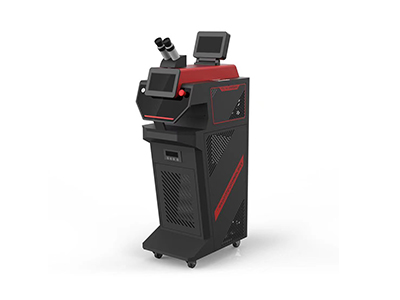
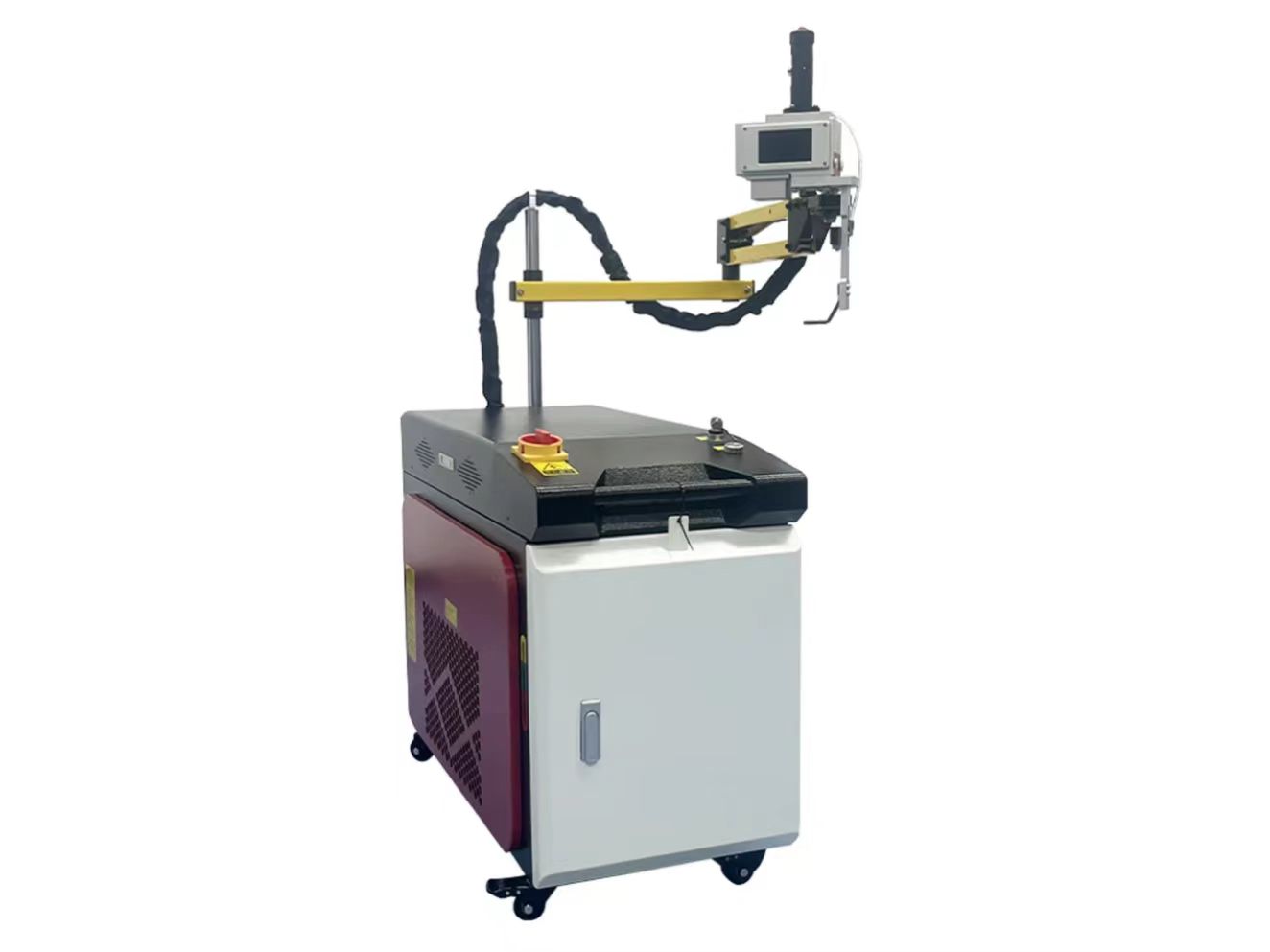
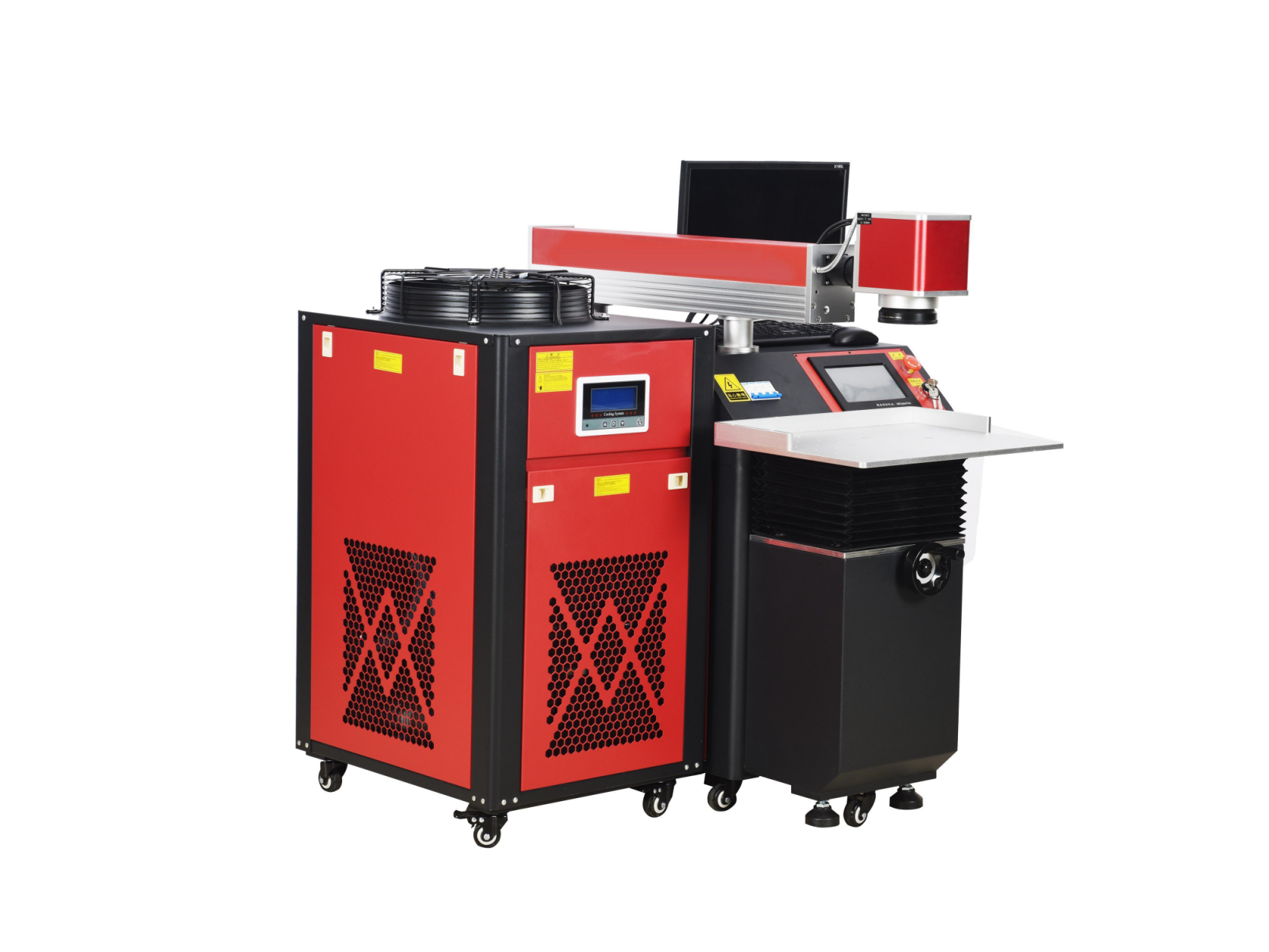
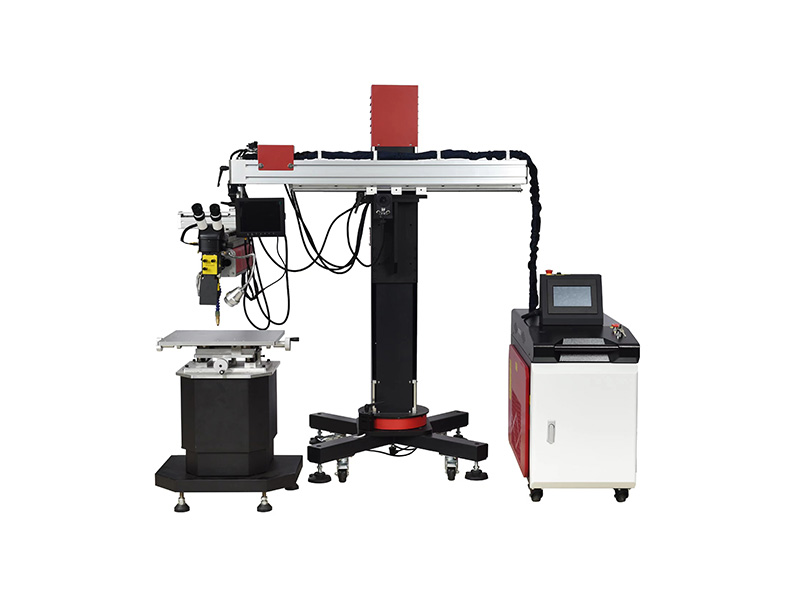
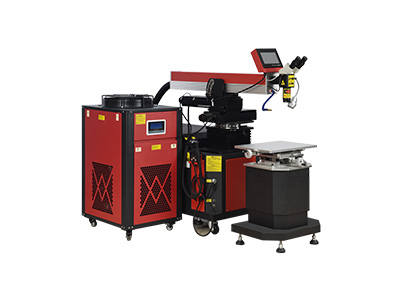
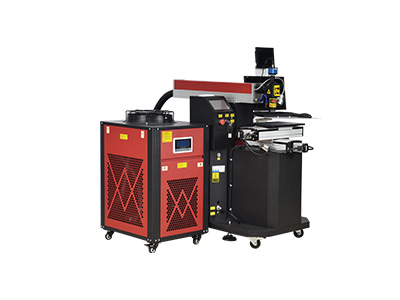
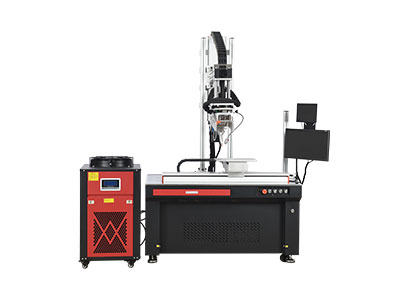
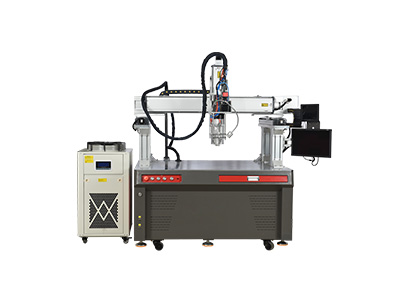
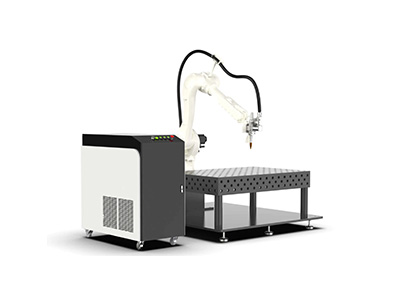
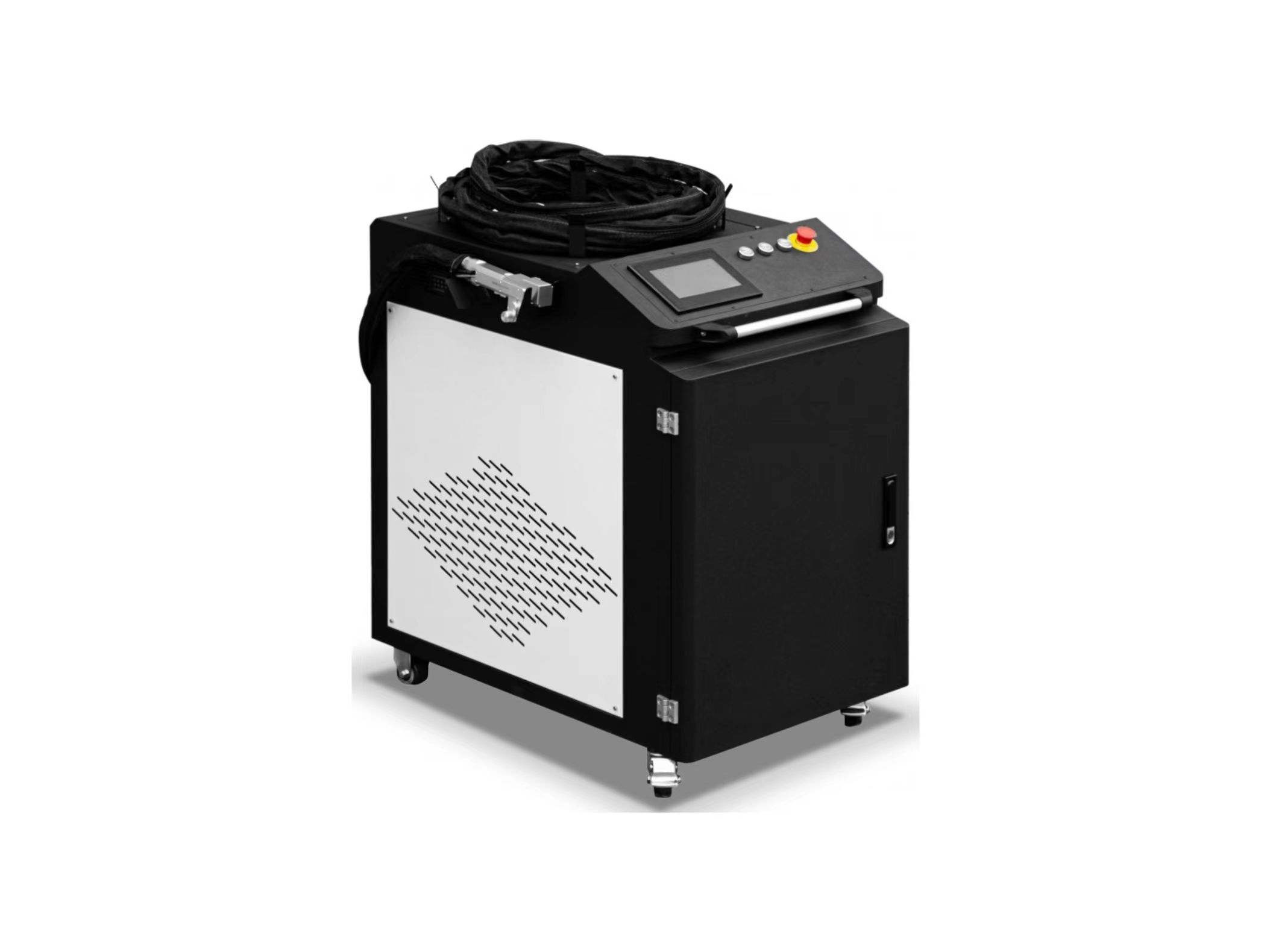
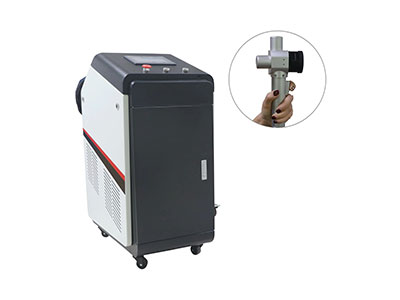
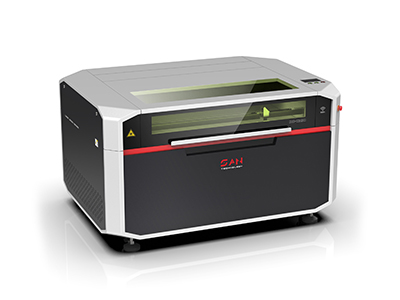
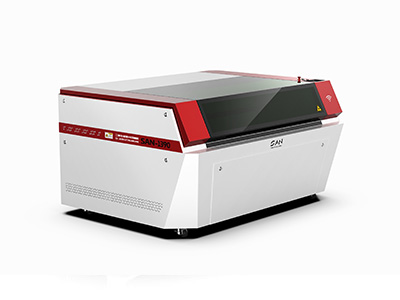
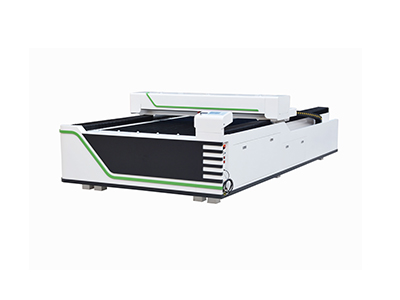
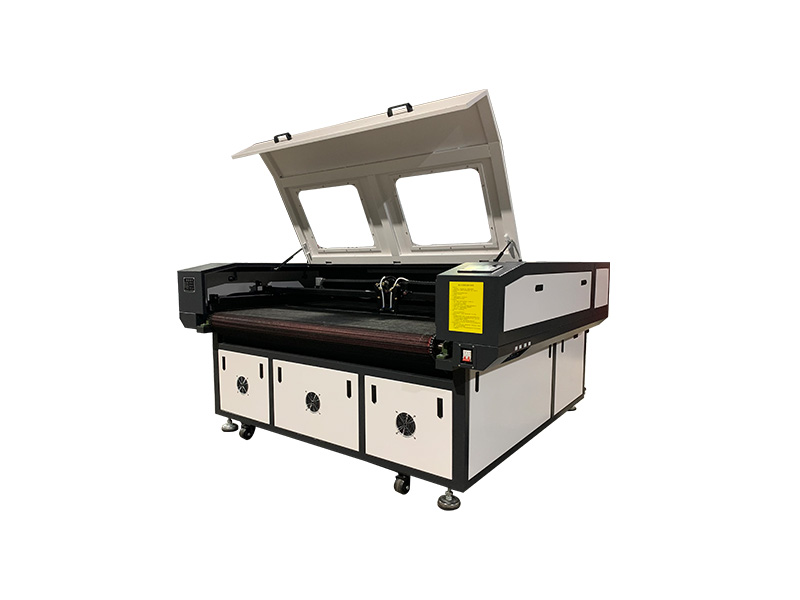
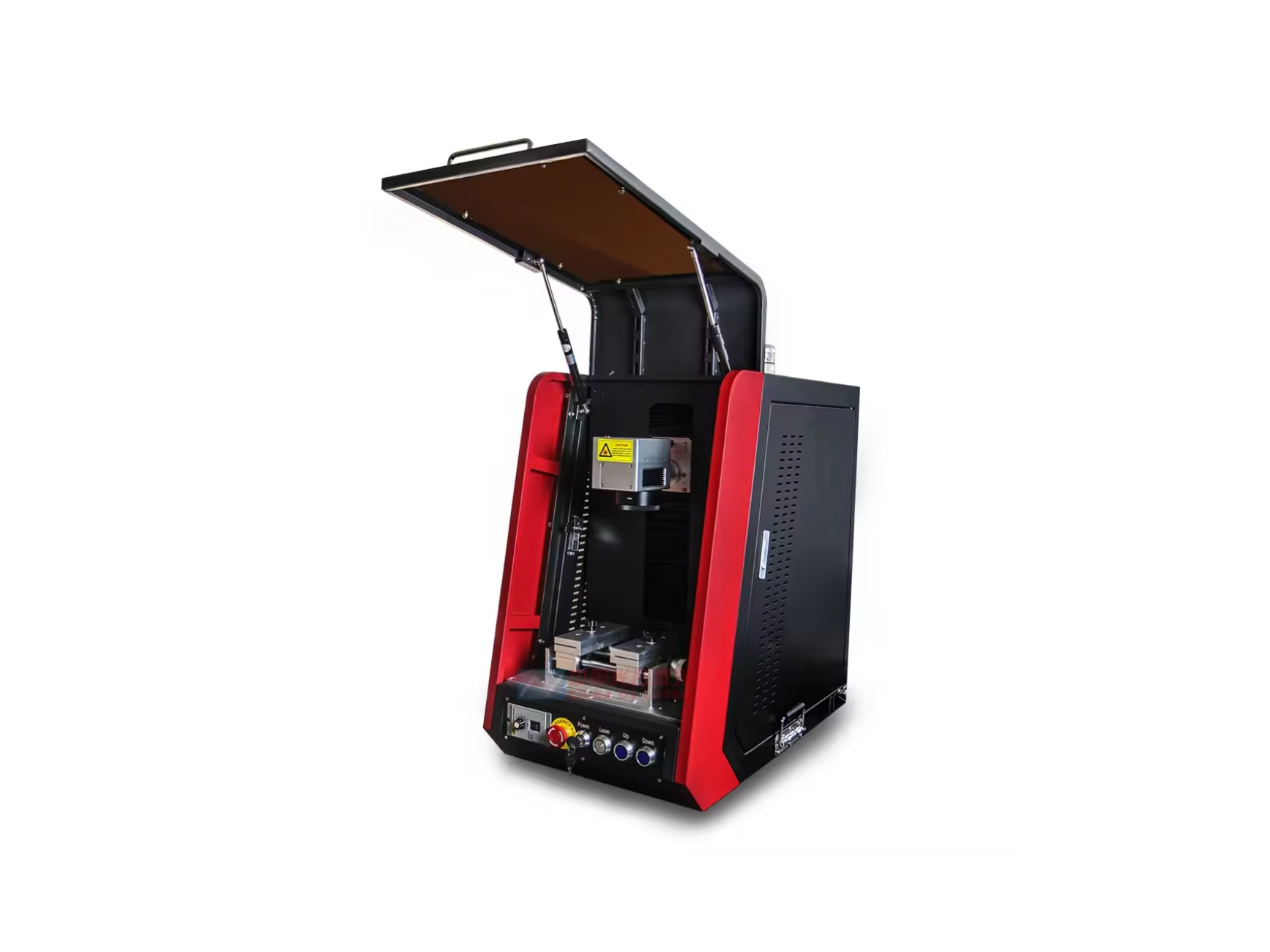
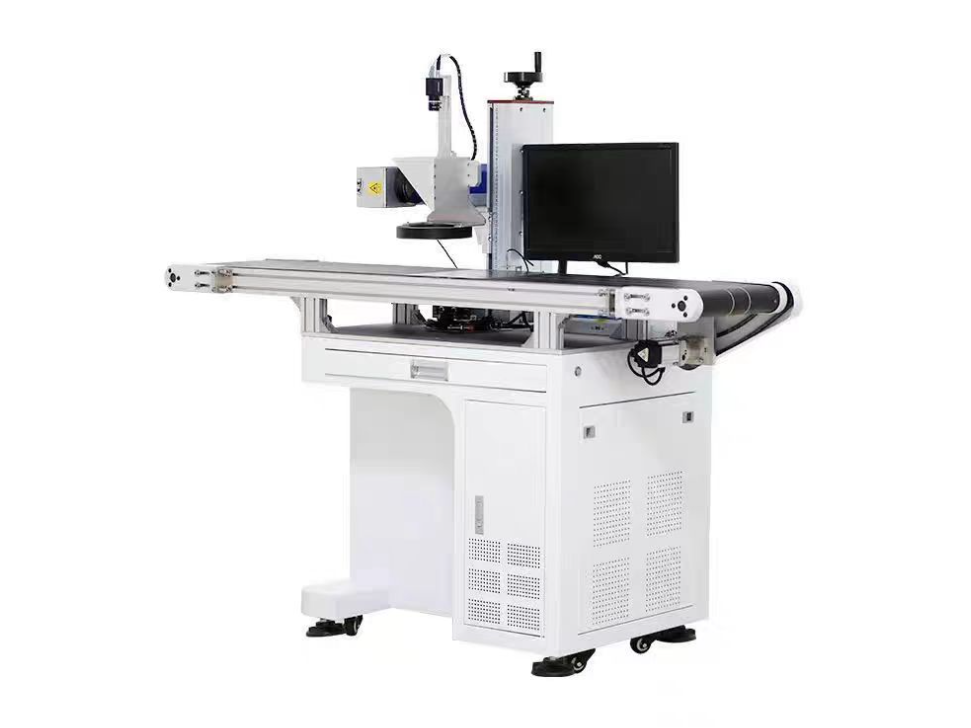
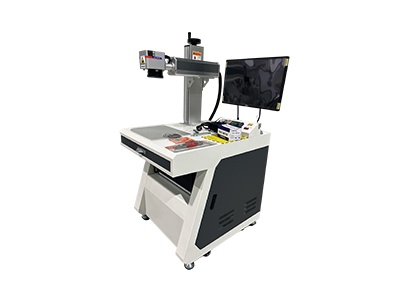
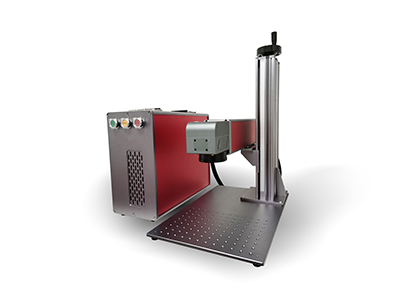
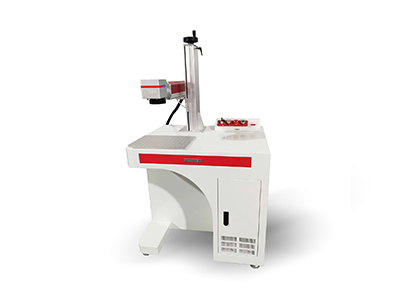
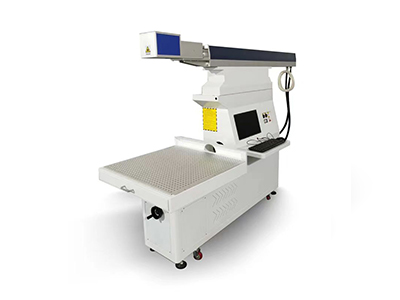
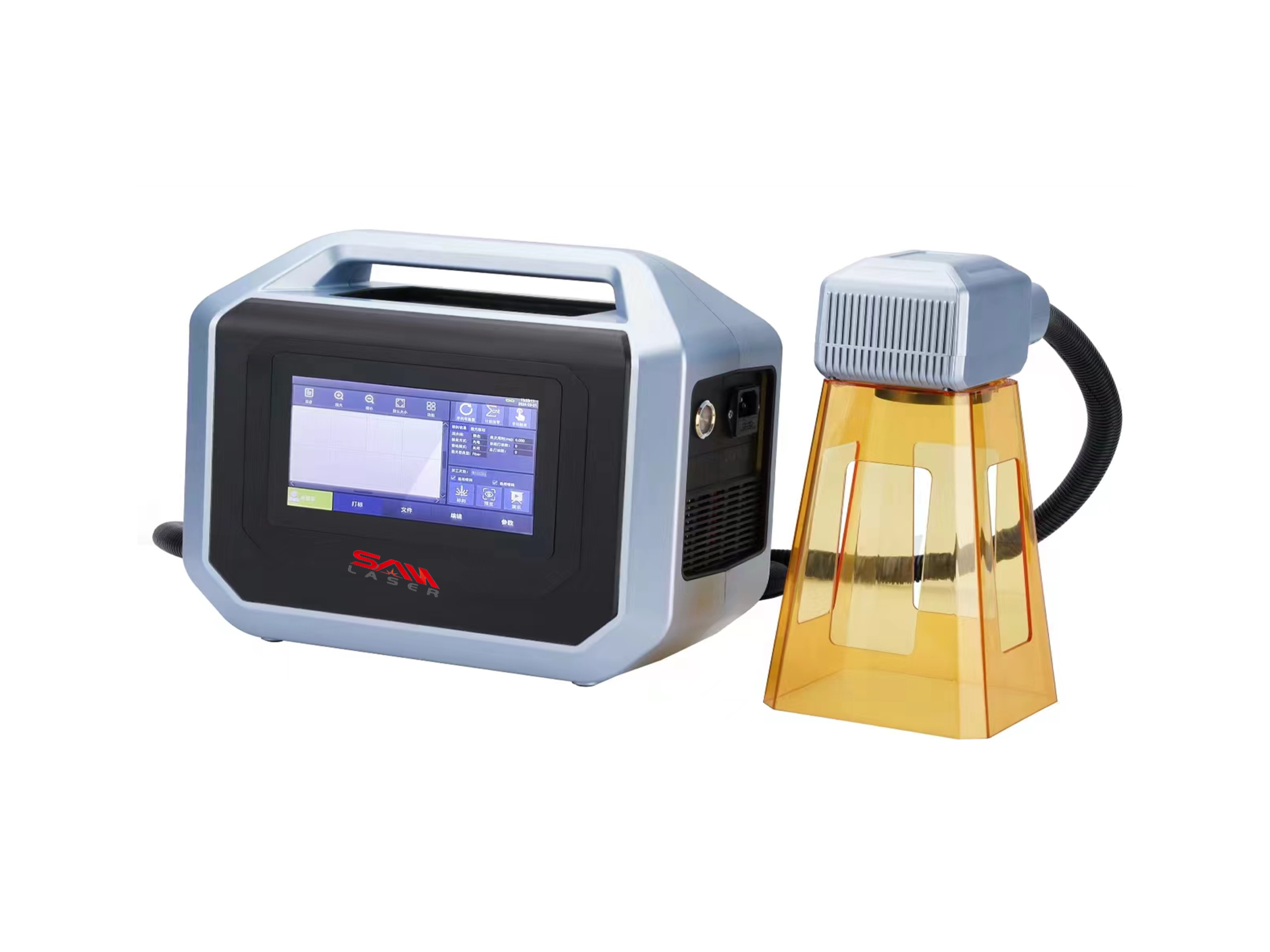
 Cutter News
Cutter News
